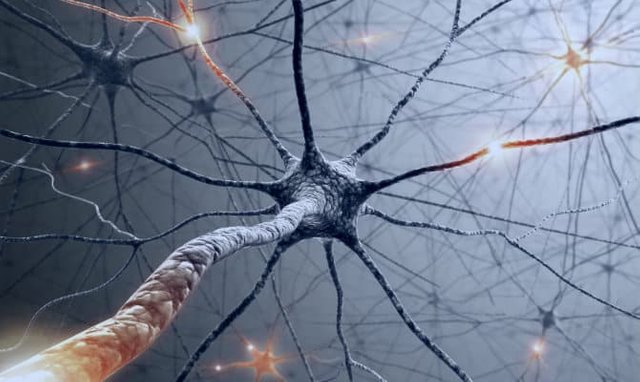What are giant neurons for?
What are giant neurons for?
How is our brain activated and makes us aware of ourselves and our environment when, for example, we wake up in the morning? New research sheds some light on the mysteries of the nervous system.

Everyone, at some point in our lives, had to memorize in the science class the parts of the brainstem: mesencephalon, bridge and medulla oblongata. These are terms that sound to us, but surely they do not tell us anything. Perhaps we would have paid more attention if someone had told us that this region of the nervous system hides fascinating secrets, and that for decades scientists have debated whether this is where something as mysterious as consciousness itself resides.
The brainstem is a basic structure that connects the peripheral nerves, the spinal cord and the forebrain. It would be a kind of strategic communications node, like the traffic points where several main highways converge. And, the more we know about its operation, the more new questions arise about it.
Within the brainstem there is a region called giant cell reticular nucleus which, as the name suggests, contains neurons of enormous size. They are so large that they contain links to practically the entire nervous system, so they surely have a very important role.
This is how the giant neurons activate the brain
A few weeks ago, the Laboratory of Neurobiology and Behavior at the University of Rockefeller published an article in PNAS in which they detail a trial with mice that sheds considerable light on the functioning of these giant neurons and their role in activating the brain. "It is enough to see the morphology of these cells to suspect that they are fundamental", emphasizes Donald Pfaff, director of the laboratory. "But, why are they important? We believe that they are essential for the initiation of any behavior, what we call generalized activation. It is the mechanism that awakens us in the morning and the one that keeps us conscious throughout the day. "
What Pfaff and his colleagues did was to find out which genes expressed the giant neurons, and for that they used a technique called 'retro-TRAP' and developed by themselves. The results revealed that these brain cells express a gene that encodes the enzyme endothelial nitric oxide synthase (eNOS), which in turn is responsible for the production of nitric oxide.
Although it sounds like a very harmful atmospheric pollutant, it turns out that nitric oxide plays a very important role as a regulator of different physiological functions in cells. As a curiosity: the glow that fireflies emit is due in part to the action of nitric oxide in their cells.
Another of the well-known functions of nitric oxide is its action as a vasodilator: by relaxing the blood vessels, the flow of oxygenated blood to the tissue increases. And one of the things the scientists on Pfaff's team observed was that the giant neurons that express genes for eNOS are located near the blood vessels.
In the opinion of the researchers, these neurons are so important for the normal development of central nervous system functions, that they have the ability to control their own blood supply. "We believe that if these neurons need more oxygen and glucose, they will release nitric oxide in nearby blood vessels in order to obtain them," says the scientist.
In successive experiments, the authors saw that changes in the environment of the mice, for example the introduction of new odors, also stimulated the activity of eNOS and as a result more nitric oxide was released. "When the animal is in a family environment there is a low level of production," says Inna Tabansky, another of the researchers. But, when the animal has to adapt a new scenario, the activity of the giant neurons increases, which confirms its essential role in the generalized activation.
Implication in psychiatric disorders
Some genetic research has suggested that these neurons are related to the development of conditions such as bipolar disorder or ADHD, although the process that would explain this connection is unclear.
One of the future lines of research for the team at the Rockefeller University will be precisely this one. "At least in the brain of rodents we already know that these genes and the associated pathways have a fundamental function in the nervous system, so it is a first clue," said Tabansky.


